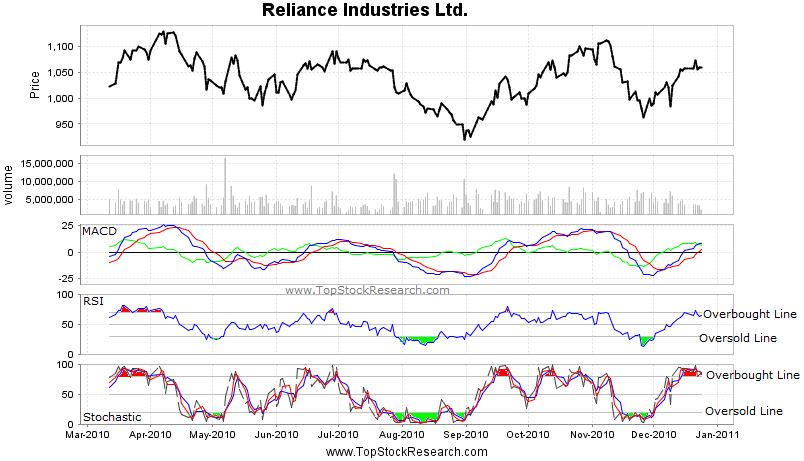Stock Screening Basics
Post on: 27 Май, 2015 No Comment

How to Use Online Stock Screens to Identify Investment Candidates
You can opt-out at any time.
Please refer to our privacy policy for contact information.
Back when Fred Flintstone and I were researching stocks (that is, before the Internet), we had to either rely on the advice of a broker who was paid only when we bought or sold or we had to dig through mounds of annual reports, 10-Qs, and an assortment of documents that were months old by the time we got them.
Researching more than a few companies was almost impossible unless you had a staff of analysts working for you. Comparing several companies was tedious and difficult.
Thank goodness, the good old days are gone forever.
Today, any investor can access powerful research tools that before the Internet were not available and many of them are free. Of course, there are some very sophisticated tools that come with hefty price tags; however, for most investors all the research theyll need is free or available for a modest subscription.
Stock Screener
The most basic research tool is the stock screener. This handy program does in nanoseconds what would take you hours and hours of research by hand to do and best of all, there are many of them on the Internet free for you to use. Some of the better ones come as part of subscription packages to the better research sites, but you can get a feel for how they work for free.
The concept is simple. You want to identify stocks that meet certain criteria. (Incidentally, this is how you go about building a portfolio, rather than haphazardly investing in whatever stock looks good at the moment.)
Stock screening programs allow you to enter qualifiers such as industry type, market cap, sales, dividends, and so forth. The more sophisticated the screen, the larger number of qualifiers.
After you put in all the qualifiers, the screener looks at all the companies listed on the major exchanges and pulls out those that meet your qualifications. You get a list of the companies. If the list is too large, you can run the screen again with tighter qualifications to reduce the number of hits.
The more sophisticated screeners allow you to run further screens on the set you just generated, while the free screeners tend to leave you with just the list. Either way, you have just saved yourself hours and hours of work by narrowing down the possible candidates.
MSN Money.com
One of the simplest and easiest to use comes from MSN Money.com. Despite its simplicity, the screen yields some powerful results.
The screen lists your results with links to each company. Click on the link and you will get a financial snapshot of the company. It is a powerful tool to get you started.
Once you are comfortable with the basic screener, download the free deluxe screener. It takes some getting used to and is much more detailed than the simple screen, however if you really want to narrow in (and, ultimately, you do) on investment targets, get to know your way around screeners like this one.
Many look and work very much alike, but you need to know what you are looking for and what you need to ask from the screener before they can be of real benefit. The great thing about using the free screeners like this one from MSN.com is you can spend all the time you need experimenting and testing without running up a big bill.
Stock screeners are just one tool; however, they should be the first tool you master as you begin learning to do research.














